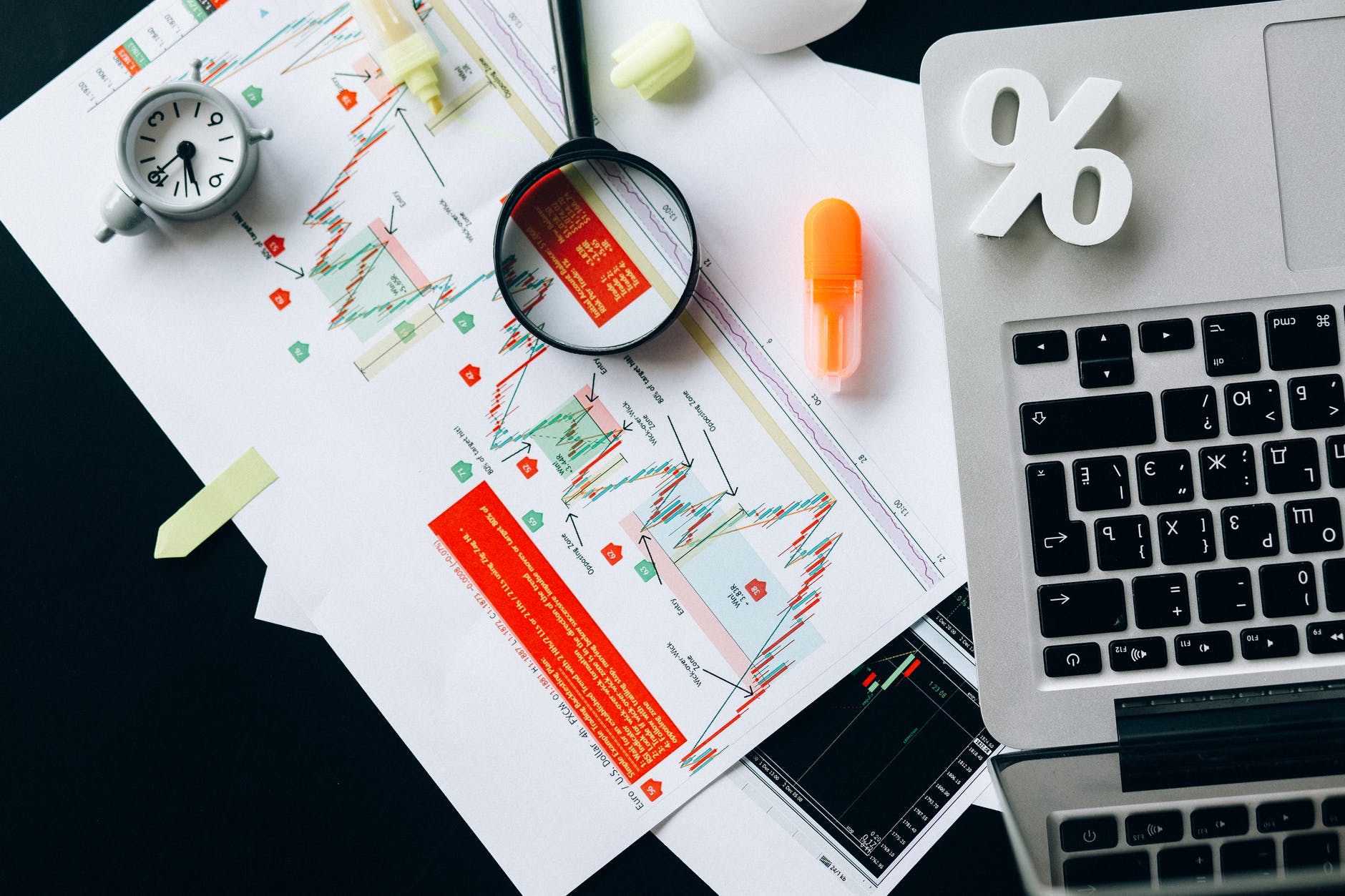
In March 2020 we understood risk a little better in both equity and debt mutual funds. Better returns have been one of the reasons that investors released the safety belt of the fixed deposit to ride market-linked returns in both equity and debt. But higher returns and liquidity come with a greater risk. Investors need to be able to evaluate risk better before they fully let go of the low post-tax return FDs or traditional bundled life insurance policies.
There are two ways to take risk into consideration when investing – one through a fee-only financial planner who does the risk analysis for you and chooses the products to build a portfolio that suits your ability to handle the risk. The other way is for you to evaluate the risk and return parameters and build your own portfolio.
Having an easy way to understand risk became reality on 1 January, 2021 when Sebi’s new rules on marking and updating risk in mutual funds became live through a new version of the old risk-o-meter. This risk-o-meter is an upgrade over the previous one in three ways.
One, there are now six categories of risk instead of five. Risk metrics go from low to very high. The last one is a new category to indicate schemes where investors money is exposed to what is extreme risk for a retail investor.

Two, the way that risk itself is calculated now has a proper methodology. Debt funds will be judged on three metrics of liquidity, credit risk and interest rate risk. You can watch this video to understand these risks better. Or read this. And this. The final score will be a mix of the risk of these three attributes.
Equity risk will be mapped on volatility, market cap and impact cost. For example, the risk of a sharp fall in value is higher for a small cap stock than a large cap stock. The new risk-o-meter will take the holdings of such stocks in the portfolio into account.
Three, the risk score will be disclosed by the 10th of each month on the individual fund and AMFI website. Then every year on 31 March, the fund will disclose how many times the risk metric changed over the year. If you find your fund’s risk rating changing often, it will be a red flag to see why this is happening.
I’ll tell you how I will use the risk-o-meter. I want my debt funds to be fully safe – that’s why I moved out of FDs to debt – for higher returns, flexibility along with low risk. I do not want to expose my debt funds to needless risk and will choose the very low and low risk funds only. The risk-o-meter will mark risk clearly in debt funds that take very high risk on buying lower quality bonds or those that have a large liquidity risk (these two are related since bond markets for non-triple A bonds are not very deep in India).
In equity, the risk metrics will be mostly high and very high for most schemes and I will need to do further work to see that the portfolio has slices of large, mid and small cap and foreign funds. I will look at the overall portfolio risk that I carry to see if this is in tune with how I see my own ability to suffer a capital loss.
Just looking at the risk-o-meter will not be enough to judge whether or not you should invest in a scheme, but gives you one more tool to evaluate risk. If you work with a planner, ask her to indicate the portfolio risk basis the risk-o-meter to understand whether the overall portfolio risk metric is in line with what you think it should be.
Sebi has been the most proactive regulator in making disclosures meaningful for investors. Do engage with the risk-o-meter to understand your own schemes and portfolio. The markets are on an happy upward sprint today, but always remember that March 2020 week when your equity lost 30% of its value and six debt funds got frozen. That is the risk that you need to remember when you are investing in a bull market.
Monika Halan writes on household finance, policy and regulation. She tweets at @monikahalan.


2 comments
Hemanth
January 13, 2021 at 7:44 am
Madam, the AMFI website link is not fully available. Please update to “https://www.amfiindia.com/” from current “https://www.amfiindi”
monikahalan
January 17, 2021 at 8:20 am
Thanks so much!